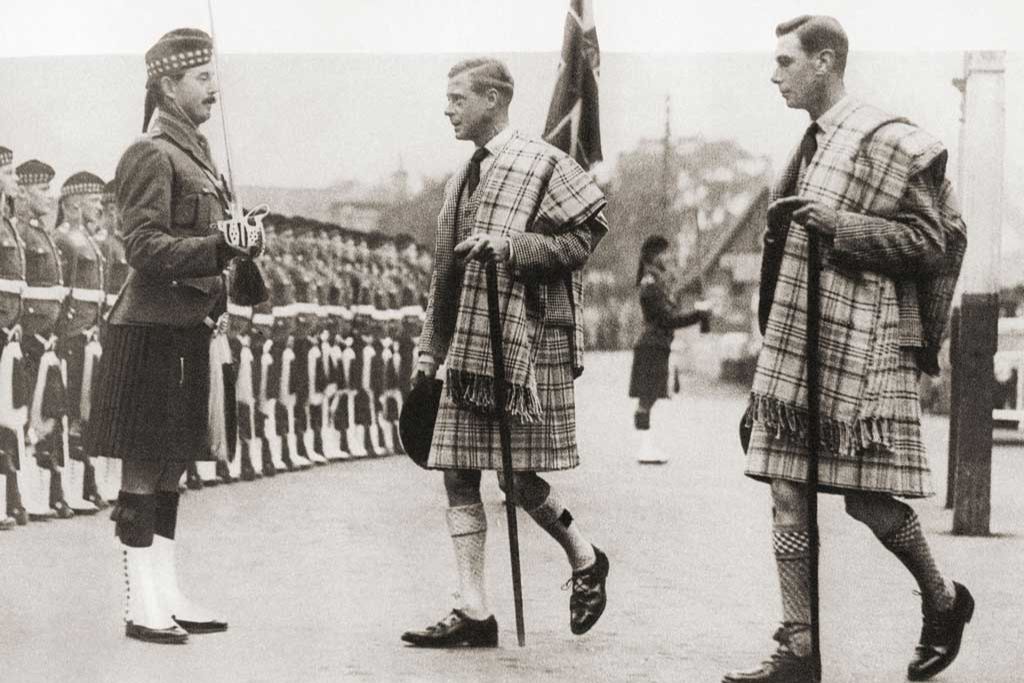Posted by Maris on 9th Oct 2023
The History Of Tartan In 1 Minute
Tartan and Scotland are as inseparable as neeps and tatties. With its overwhelming amount of varieties, various hues, textures, and tones, it is undoubtedly one of the most identifiable patterns of all time. Kilts are known for their crisscrossing of hues and skillfully placed checkered designs. Tartan is undeniably intertwined with history.
Tartan is correctly associated with the Scottish clan system. It is crucial to note, however, that before this, it was merely a functional textile that supplied warmth. Initially, the colors of the fabric could be used to identify regions and districts (rather than clans). These colors were created using natural dyes found in specific places.

In 1538, King James V spoke the first known pronunciation of tartan. He asked his tailor to create him some perfectly fitted tartan clothes. The clansmen, on the other hand, were at the bottom of the food chain. Tartan was a massive wad of thick cloth that they wrapped over a shirt. Typically, the hue was chosen by the ladies or weavers depending on personal preference and adjacent vegetation. As a result, it wasn't always about clans!

Aside from tartan, the only way to differentiate 'clans' in battle was to look at the ribbon on a warrior's bonnet (each family wore something distinguishable like heather, holly, or bracken). As time passed, the Highlanders became more interested in utilizing tartan to identify between regions. After a few battles and cultural shifts, such as the union of Scotland and England, tartan came to represent clans as well. In reality, the first recorded sighting of men dressed in matching tartan was in 1740, when the Highland Volunteer Regiment (later known as the Black Watch) was founded.

To cut a long story short, the middle of the nineteenth century saw a tremendous social shift. As tartan evolved into a popular and unifying national symbol, it was draped throughout Scotland. Not only that, but the clans began to adopt the check-clothed pattern to distinguish themselves from other clans, families, and even institutions. Tartan is still used to identify clans and families today, and it is deeply rooted in Scottish culture. Without it, Bonnie Scotland would not be the same!

